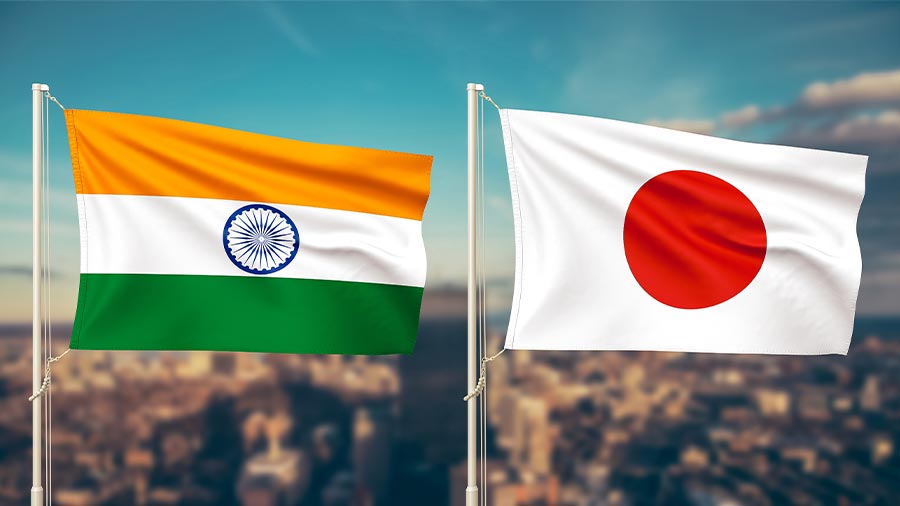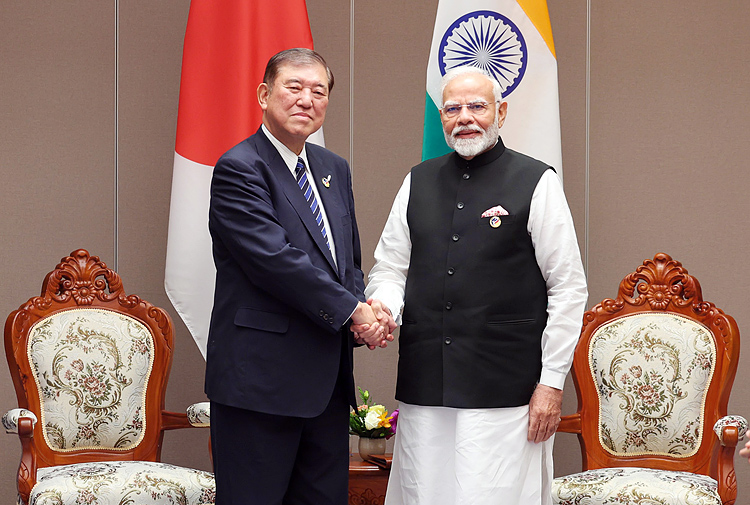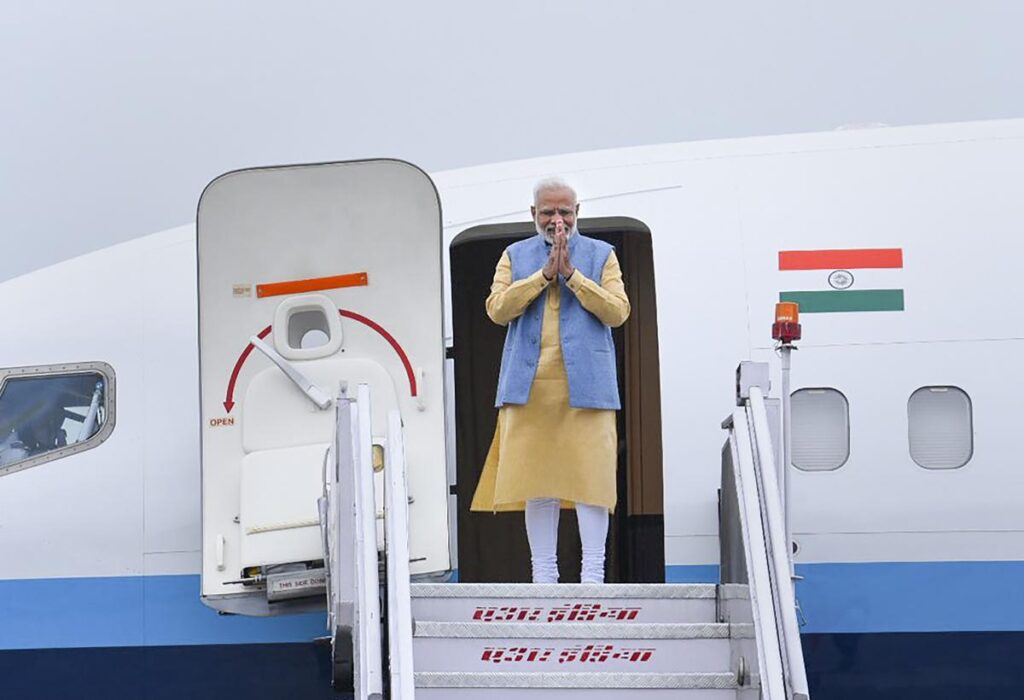Indian Exports to Japan: A Promising Market

The history of India-Japan relations spans centuries, beginning with ancient cultural exchanges through Buddhism in the 6th century, and has developed into a robust modern strategic and global partnership. Following World War II, India signed a separate peace treaty with Japan in 1952, marking a significant gesture of goodwill that helped forge a strong, dispute-free bilateral relationship. While relations were constrained during the Cold War due to India’s non-aligned stance, they gained significant momentum from the 2000s, with deepened economic, strategic, and defense cooperation that is underscored by shared democratic values and common interests, particularly concerning a “Free and Open Indo-Pacific”. Japan is now a major investor and development partner for India, with the two countries cooperating on major infrastructure projects, advanced technology, and security initiatives like the Quadrilateral Security Dialogue (Quad).

Japan – A Growing Market for Indian Exports
Japan remains one of the most attractive markets for Indian exporters. In FY24, bilateral trade between India and Japan stood at USD 22.85 billion. Of this, India’s exports to Japan amounted to USD 5.15 billion, accounting for 1.18% of India’s total exports.
Key products exported from India to Japan include:
- Engineering goods – USD 1.92 billion
- Organic & inorganic chemicals – USD 881.45 million
- Marine products – USD 412.09 million
- Gems & jewellery – USD 261.12 million
- Electronic goods – USD 247.11 million
- Drugs & pharmaceuticals – USD 241.62 million
With a diverse basket of 4,044 commodities exported in FY24, India’s presence in the Japanese market continues to expand.
Recent Diplomatic Engagements
In August 2025, Prime Minister Shri Narendra Modi will participate in the 15th India-Japan Annual Summit in Tokyo, hosted by Prime Minister Shigeru Ishiba. The visit is expected to further strengthen cooperation in areas such as:
- Trade and economy – Expanding bilateral trade volumes.
- Technology and innovation – Collaborations in AI, semiconductors, and green energy.
- Defense and security – Ensuring a Free and Open Indo-Pacific.
- People-to-people ties – Enhancing cultural and educational exchanges.
This engagement will reaffirm India and Japan’s long-standing bond while opening new doors for Indian exporters.
The signing of the historic India-Japan Comprehensive Economic Partnership Agreement (CEPA) and its implementation in August 2011 has accelerated economic and commercial relations between the two countries.
Japan commits Official Development Assistance (ODA) loan of Japanese Yen (JPY) 232.209 billion for nine projects in various sectors in India.
Economic Cooperation and Development
The signing of the India-Japan Comprehensive Economic Partnership Agreement (CEPA) in 2011 marked a turning point, simplifying trade and investment flows between the two economies. Under this framework, tariffs were reduced on a wide range of goods, boosting Indian exports to Japan.
Furthermore, Japan continues to be one of India’s largest development partners. In a recent commitment, Japan extended an ODA loan worth JPY 232.209 billion for nine projects in sectors such as transport, urban development, and renewable energy. These investments are expected to indirectly benefit Indian exporters by strengthening trade infrastructure.
Why Japan is a Promising Market
- Strategic importance: Collaboration in technology, energy, and sustainability provides new opportunities for exporters.
- High purchasing power: Japan is the world’s third-largest economy.
- Preference for quality: Indian products like engineering goods, chemicals, and pharmaceuticals are gaining strong recognition.
- Stable trade environment: The CEPA framework and ongoing diplomatic efforts ensure smooth trade relations.

Conclusion
India and Japan share more than just a diplomatic partnership—they share a vision for sustainable economic growth and regional stability. With bilateral trade crossing USD 22 billion, India’s exporters have a unique opportunity to expand into a market that values trust, quality, and long-term collaboration.
For businesses seeking global opportunities, Japan stands out as one of the most promising markets for Indian exports.

Hi, this is a comment.
To get started with moderating, editing, and deleting comments, please visit the Comments screen in the dashboard.
Commenter avatars come from Gravatar.